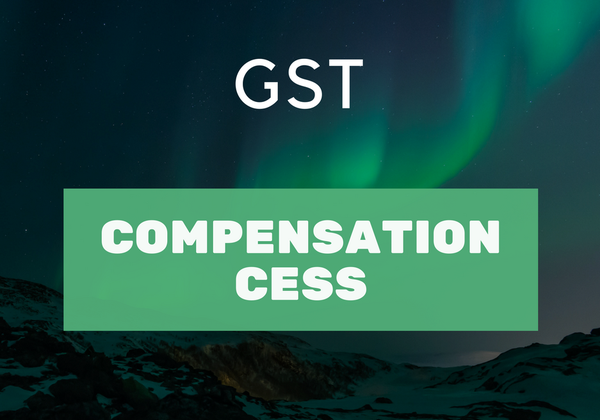Free Courses Sale ends Soon, Get It Now


Free Courses Sale ends Soon, Get It Now



Disclaimer: Copyright infringement not intended.
Context
GST Compensation and its Background
there will be loss in total revenue of a state on account of migration from Value Added Tax/Sales Tax to GST.
How is it funded?
Who pays compensation to whom? When?
Salient Aspects of GST Cess
For how long will it be paid?
GST Cess Applicability
The following goods will attract GST Cess
Why are States demanding an extension of the compensation?
Back-to-back loan arrangement for Compensation
Read: https://www.iasgyan.in/daily-current-affairs/goods-and-services-tax-gst
https://epaper.thehindu.com/Home/ShareArticle?OrgId=GSGA22NIO.1&imageview=0
© 2024 iasgyan. All right reserved